Nuclear power? Not yet, says Saskatchewan
Friday, 18 December 2009
In its newly released strategic direction on uranium development in the province, the Saskatchewan government has said it will continue to facilitate uranium exploration and mining and to encourage investment in nuclear research, development and training opportunities. However, it has said it will not support Bruce Power's 2008 proposal to build a nuclear power plant in Saskatchewan or accelerate plans for nuclear power in the province.
But despite these decisions it has directed the province's main electricity supplier, SaskPower, to include nuclear in the range of energy options available for additional baseload generation capacity in the medium and long term after 2020.
A feasibility study into the use of nuclear energy in Saskatchewan by Ontario-based Bruce Power recently concluded that nuclear energy could contribute 1000 MWe to Saskatchewan's generation mix by 2020. Saskatchewan Energy and Resources minister Bill Boyd acknowledged Bruce's efforts. "We carefully evaluated the company's initial plans, however uncertainty around long-term costs to consumers remains a lingering concern," he said. "Further, the large scale of the proposed nuclear power investment requires a regional approach involving, ideally, all three prairie-provinces for successful implementation."
The Saskatchewan decision not to support Bruce at present contrasts with that of the province of Alberta, where Bruce Power is also pursuing the possibility of nuclear new build. The government of Alberta earlier this week said it would consider nuclear power applications equally with other generation options after a detailed public consultation process.
Saskatchewan's strategic direction on uranium development follows on from the findings of a twelve-member body set up by the government in 2008, the Uranium Development Partnership (UDP), and a public consultation process. The UDP reported back to the government in April 2009, making 20 recommendations most of which the government has now accepted. As well as the recommendations on mining and exploration, the strategy reaffirms the province's support for nuclear research, education and training, especially in the areas of mining, neutron science, isotopes, small scale reactor design and uranium enrichment.
Earlier this year a proposal to build a new 20 MWt research reactor at the University of Saskatchewan in Saskatoon was submitted to the Canadian federal government, and the new strategy strongly supports this. "Saskatchewan is cautiously optimistic that the government of Canada will choose to endorse the Saskatchewan proposal," it notes, adding that a decision from the federal government is expected in 2010.
Fuel cycle
The government agreed with UDP recommendations that it should work with the federal government to look at the possibility of establishing a uranium enrichment facility in the province, and remained open to the possibility of working with potential investors on an enrichment project. It agreed not to proactively pursue the development of either a uranium conversion or fuel fabrication facility, given current market conditions, but said it would remain open to working with potential investors in such projects if market conditions improved.
The government also said it would reserve its decisions and its options on a geological repository for nuclear waste, and its support for communities that might wish to host such a repository, until such proposals were more developed and within the regulatory process.
Public positive
Canada produced over a fifth of the world's uranium in 2008, mostly from mines in Saskatchewan, and the province is traditionally supportive of uranium mining and other nuclear power activities, although it does not have a power plant. A newly published annual survey carried out on behalf of Saskatchewan-based uranium producer Cameco found the vast majority of residents - 81% - in support of the province's uranium mining industry, 39% describing themselves as "strongly" so. The report also found 72% of residents to be supportive of the concept of building a nuclear power reactor in the province, and 62% in favour of building a centre for the storage and management of spent reactor fuel.
![]() The government of Saskatchewan has said it will continue to support and enhance uranium mining and nuclear research but will not support plans for a nuclear power plant in the Canadian province for the time being.
The government of Saskatchewan has said it will continue to support and enhance uranium mining and nuclear research but will not support plans for a nuclear power plant in the Canadian province for the time being.
The government of Saskatchewan has said it will continue to support and enhance uranium mining and nuclear research but will not support plans for a nuclear power plant in the Canadian province for the time being.
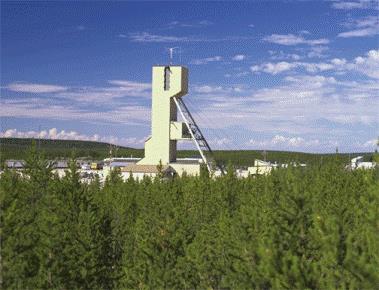 |
| Saskatchewan's strategy supports uranium mines, like Cigar Lake |
But despite these decisions it has directed the province's main electricity supplier, SaskPower, to include nuclear in the range of energy options available for additional baseload generation capacity in the medium and long term after 2020.
A feasibility study into the use of nuclear energy in Saskatchewan by Ontario-based Bruce Power recently concluded that nuclear energy could contribute 1000 MWe to Saskatchewan's generation mix by 2020. Saskatchewan Energy and Resources minister Bill Boyd acknowledged Bruce's efforts. "We carefully evaluated the company's initial plans, however uncertainty around long-term costs to consumers remains a lingering concern," he said. "Further, the large scale of the proposed nuclear power investment requires a regional approach involving, ideally, all three prairie-provinces for successful implementation."
| On target at Cigar Lake Dewatering and shaft remediation work are proceeding as expected at the flooeded Cigar Lake uranium mine, Cameco reported. Work is currently focused on refurbishment of the main shaft and is now about two-thirds complete. Crews safely re-entered the main shaft on 12 November. About half of the total volume of water in the mine has now been pumped out and water is now down to the 475 metre level in the main shaft. Dewatering and work to secure the underground development are expected to be completed during 2010. |
Saskatchewan's strategic direction on uranium development follows on from the findings of a twelve-member body set up by the government in 2008, the Uranium Development Partnership (UDP), and a public consultation process. The UDP reported back to the government in April 2009, making 20 recommendations most of which the government has now accepted. As well as the recommendations on mining and exploration, the strategy reaffirms the province's support for nuclear research, education and training, especially in the areas of mining, neutron science, isotopes, small scale reactor design and uranium enrichment.
Earlier this year a proposal to build a new 20 MWt research reactor at the University of Saskatchewan in Saskatoon was submitted to the Canadian federal government, and the new strategy strongly supports this. "Saskatchewan is cautiously optimistic that the government of Canada will choose to endorse the Saskatchewan proposal," it notes, adding that a decision from the federal government is expected in 2010.
Fuel cycle
The government agreed with UDP recommendations that it should work with the federal government to look at the possibility of establishing a uranium enrichment facility in the province, and remained open to the possibility of working with potential investors on an enrichment project. It agreed not to proactively pursue the development of either a uranium conversion or fuel fabrication facility, given current market conditions, but said it would remain open to working with potential investors in such projects if market conditions improved.
The government also said it would reserve its decisions and its options on a geological repository for nuclear waste, and its support for communities that might wish to host such a repository, until such proposals were more developed and within the regulatory process.
Public positive
Canada produced over a fifth of the world's uranium in 2008, mostly from mines in Saskatchewan, and the province is traditionally supportive of uranium mining and other nuclear power activities, although it does not have a power plant. A newly published annual survey carried out on behalf of Saskatchewan-based uranium producer Cameco found the vast majority of residents - 81% - in support of the province's uranium mining industry, 39% describing themselves as "strongly" so. The report also found 72% of residents to be supportive of the concept of building a nuclear power reactor in the province, and 62% in favour of building a centre for the storage and management of spent reactor fuel.
Most Read
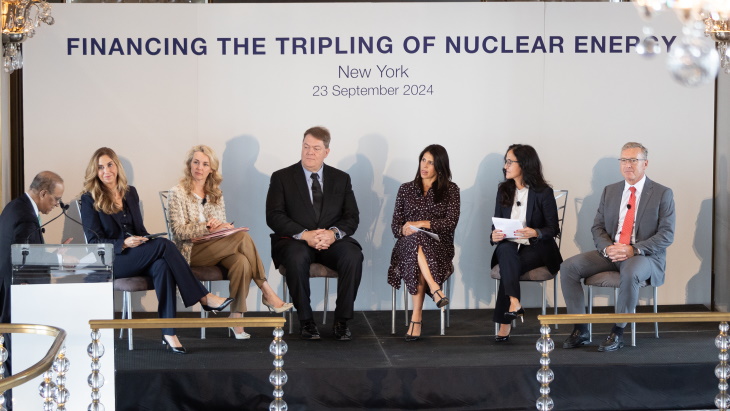
International banks express support for nuclear expansion
Monday, 23 September 2024
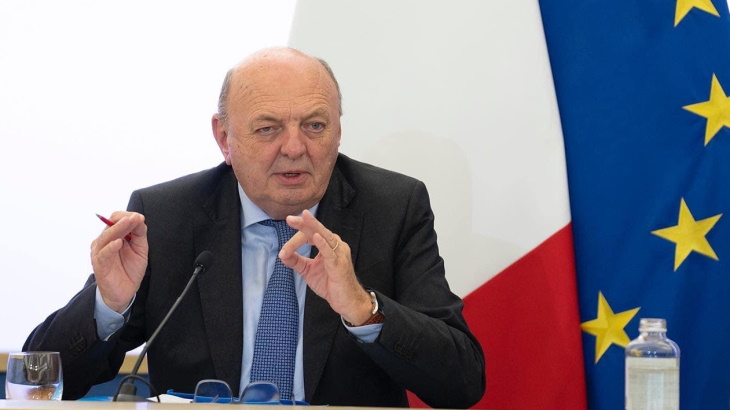
Cabinet moves to reverse Italy's anti-nuclear stance
Monday, 3 March 2025
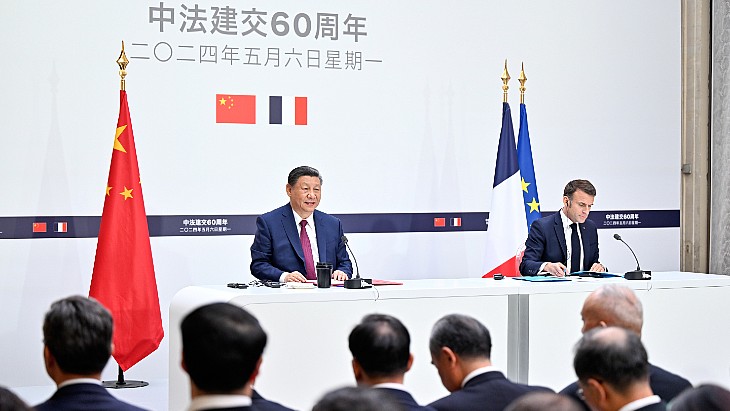
China and France aim to strengthen nuclear energy cooperation
Thursday, 9 May 2024
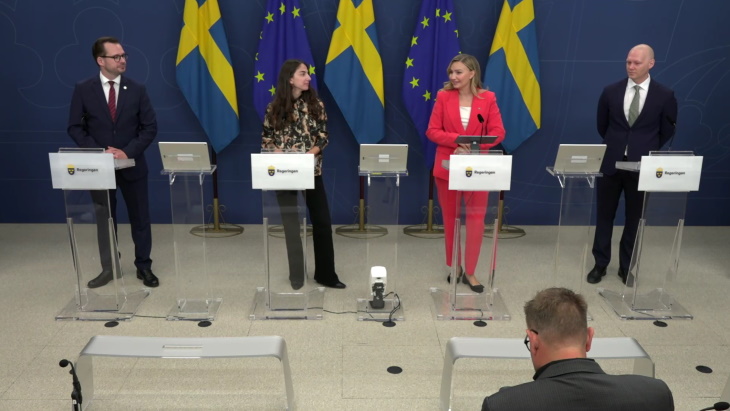
Sweden budgets for nuclear new build
Wednesday, 11 September 2024
Podcasts & Features
Podcast: Canada's leading role in life-saving medical isotopes
Podcasts & Features Tuesday, 25 March 2025
WANO looks to build on achievements as nuclear capacity grows
Podcasts & Features Friday, 7 March 2025

Related Links
Related Stories




_66488.jpg)


